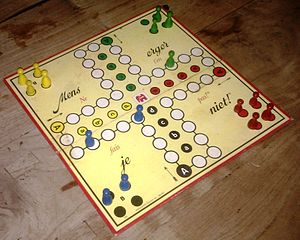Falcons-Giants:

A disappointing performance from the Atlanta offence. Failing to score in the first round of the playoffs is not what they had in mind when they traded up to select Julio Jones in last years darft. Atlanta punet Matt Bosher averaged close to 50 yards a punt in the first half but the defence could only hold out for so long. The story of the Falcon's season is the failure to
convert on fourth-and-one. They had two key efforts here and were stuffed both times on QB sneaks. I would not be impressed with the Atlanta Offensive Co-ordinator this season given the talent they had but
Jacksonville obviously saw something
The Giants are still using their Super Bowl 42 game plan but now with their defensive line horses fit and Brandon Jacobs looking really good, he had 92 yards on 14 carries, it is starting to work again. The big problem next weekend is that, unlike Tom Brady, Aaron Rodgers can run from pressure. In this
article I said I would start using the coins in the pocket analogy and here we go: I am astounded by how many Giants fans have come to the same conclusion about this weekend's game. Apparently both teams have spectacular offences but the giants are running the ball well and their defensive line is playing at a high level. Ergo the Giants* will win.
* A bit weird but I wrote the joints there the first time no capitalization - the Ney York Football joints.
 Image via WikipediaMany years ago I had the fortune to play in the White House Junior Invitational in Amsterdam. On one of the nights that we stayed in, we became a bit restless. I had spotted games at the hostel's reception earlier and so went and procured the intriguingly titled Mens Erger Je Niet. At first we were disappointed to find out it was Ludo in another language.
Image via WikipediaMany years ago I had the fortune to play in the White House Junior Invitational in Amsterdam. On one of the nights that we stayed in, we became a bit restless. I had spotted games at the hostel's reception earlier and so went and procured the intriguingly titled Mens Erger Je Niet. At first we were disappointed to find out it was Ludo in another language.




